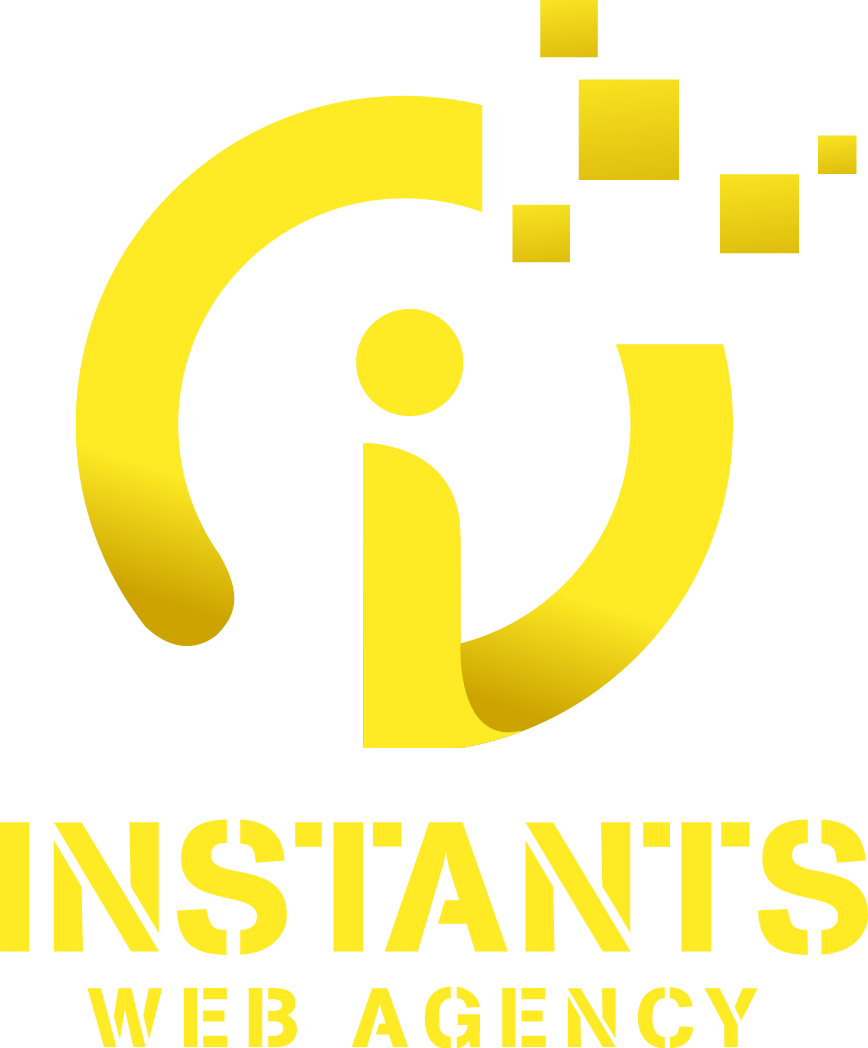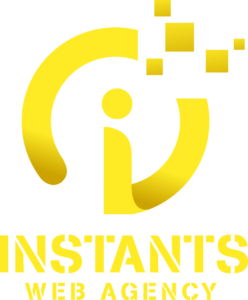There are many challenges to adopting a new tool: the need to learn, lack of time, uncertainty, lack of understanding. This can be frustrating for the manager who wants the tool to be adopted, and it can be frustrating for the employee who wants to learn. In this article, I share with you my four steps to help employees adapt to the adoption of a new tool. The steps are as follows:
Drawing up an adoption plan ;
Promoting the tool ;
Train the employee;
Ensure that the tool is used.
Drawing up an adoption plan
The most important step is to plan when and how the new tools will be implemented. It’s important to anticipate the time needed for adoption, and the type of tools and resources that will be required. In the video above, you can see how I plan the adoption of a new project management tool.
1. promote the tool
The tool needs to be promoted so that employees know it’s available and what it’s for. This can be done in two ways:
By sending an e-mail or integrated tools message to all employees;
2.train the employee on the tool.
I recommend that you provide basic training on the tool so that employees can use it without assistance.
Not everyone will take the trouble to learn how to use all the tools available. It is therefore important to have people trained to give basic courses on the various tools.
The tool should also be promoted by mentioning its name in press releases and communications. However, I advise you to use the tool you want to promote for your own work and not for someone else’s.
1. Introduce the tool
Once a plan for adoption is in place, it’s important to promote the tool, making sure that employees know what to expect. This can be done in a number of ways:
Present the tool in person at meetings.
Even if you’ve already introduced the tool, you need to do so regularly. This will allow you to adjust your adoption plan as changes occur. If you haven’t started using the tool yet, this is the ideal time to do so, and then you can introduce the tool at the next meeting.
Write on the tool’s page in the electronic directory.
We recommend using an electronic directory to present tools to users. This will help record user usage and progress.
Communicate about the tool.
Your adoption plan should include a section that introduces the tool to users and asks them to think about how they might use it. This will help them start to familiarize themselves with the tool.
You can issue a press release in the information system to announce the arrival of a new tool. This will enable users to be aware of and request information about the tool.
It’s important to update your adoption plan as soon as you use a new tool. You can add this new tool to your adoption plan and introduce it to users.
2. Give examples of good practice
When you write your adoption plan, you should mention good practices and encourage them to follow them. For example, you can use the adoption plan template provided with this book to create a section on best practices.
To reinforce your message, you can add comments on the tool to the mailing list. This way, when someone reads the mailing list message, they’ll get the impression that other people have already adopted the tool.
You can also use social networks to spread best practices. Communications on Facebook, Twitter and LinkedIn are particularly effective.
3. Breathe them in
For your adoption plan to work, you need to inspire users. For example:
If your tool is a social network, regularly update your profile with comments and relevant information about that social network.
If your tool is an application, comment on its use and ask users questions to motivate them to adopt the application.
Define the tool’s objectives and present the advantages and benefits to users.
Keep users informed of all features, and of new ones in particular.
Inform users of changes to existing functions. This will ensure that the user is aware of the changes and motivated to adopt the new version.
4. Motivate them
For your adoption plan to work, you need to motivate your users. For example:
Share product information with users, such as tutorials and tips on how to use your tool. You can also share your change history.
Inform users about the progress of your project as a community. For example, comments on the project, suggestions and remarks .
Always be there, answering users’ comments and questions. This will help them feel involved in the project.
Send emails to users informing them of new updates and features.
Assess your needs
You need to assess your needs in terms of time, resources and personnel to manage your adoption project. Establish an adoption plan and anticipate any difficulties that may arise. For example:
You need to assess your needs in terms of time, resources and personnel to manage your adoption project. Establish an adoption plan and anticipate any difficulties that may arise. For example: the time needed to update previous versions ;
User routine: how have your users adapted to previous changes? Remember to integrate the changes into their work habits. Problem management: think about anticipating problems and having the tools to solve them.
For example, if you’ve ever had to respond to a request to install new software, you may know where and how to find it. The people involved: you need to assess the time and resources required to make yourself understood by users.
Emergency management: you need to anticipate problems associated with the adoption of a new version and, if necessary, put measures in place to resolve them.
You need to assess your needs in terms of time, resources and personnel to manage your adoption project. The following elements can help you calculate your needs:
The size of your organization ;
The different types of applications and software that need to be upgraded ;
The number of versions ;
The number of people involved ;
Current and future technological environment (type, model and age of computers, hardware);
Expected duration of migration ;
Estimated costs for licenses and equipment, software upgrades, personnel, etc.
Once you’ve identified your organization’s needs, you can prioritize them according to your company’s strategy. You also need to determine how you’re going to manage these needs in the short and long term.
Priorities may differ according to the company’s field of application, size, technological environment, available resources and other factors.
For example, if your company is in a period of growth, you’ll need to upgrade several applications to support your growth, whereas if your revenues are falling, you may tend to prioritize the applications most crucial to your business.
Conclusion
You now have a better understanding of the different types of application and the advantages and disadvantages of different architectures. You’ll also be familiar with the various points to consider when drawing up a migration strategy.
The next step is to determine what type of method you’re going to use to deploy your application.
Article source: www.instants-web-learning.fr

